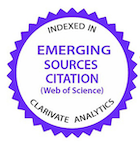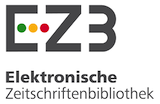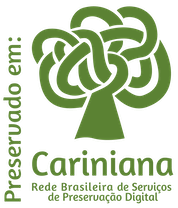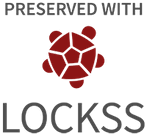Ácido ascórbico no diluidor para criopreservação de sêmen caprino
DOI:
https://doi.org/10.1590/1809-6891v18e-40117Palavras-chave:
Antioxidantes, Espermatozoide, Estresse Oxidativo, TRIS-Gema.Resumo
Objetivou-se determinar o efeito e o melhor nível de inclusão de ácido ascórbico em meio diluidor TRIS-Gema para criopreservação de sêmen caprino. Foram utilizados cinco ejaculados de três bodes da raça Anglo Nubiana. Cada ejaculado foi dividido em quatro alíquotas de 200 µL, compondo quatro tratamentos: um sem adição de ácido ascórbico (controle) e os demais com 0,0528; 0,1056 e 0,1584mg/mL de ácido ascórbico no diluidor TRIS-Gema. Avaliaram-se motilidade espermática progressiva e vigor espermático pós-diluição, pós-resfriamento e pós-descongelamento; integridade de membrana (HOST); integridade acrossomal e teste de termorresistência lento (TTR). Os dados foram submetidos à Análise de Regressão a 5% de probabilidade. Não houve diferença para motilidade progressiva e para vigor espermático, repectivamente, na pós-diluição; pós-resfriamento e pós-descongelamento, assim como para os testes complementares HOST e após 120 minutos do TTR, para motilidade e vigor, no pós-descongelamento (P>0,05). Houve comportamento quadrático com a inclusão do ácido ascórbico para integridade acrossomal (61,58%), com nível ótimo de 0,1006mg/mL de ácido ascórbico (P<0,05). A inclusão de 0,1006mg/mL de ácido ascórbico no diluidor TRIS-Gema melhorou a integridade acrossomal durante o processo de criopreservação, podendo ser uma alternativa na composição dos diluidores seminais caprinos.
Palavras-chave: antioxidantes; espermatozoide; estresse oxidativo; TRIS-gema.
Downloads
Publicado
Como Citar
Edição
Seção
Licença
Copyright (c) 2017 Ciência Animal Brasileira

Este trabalho está licenciado sob uma licença Creative Commons Attribution 4.0 International License.
Autores que publicam nesta revista concordam com os seguintes termos:
- Autores mantém os direitos autorais e concedem à revista o direito de primeira publicação, com o trabalho simultaneamente licenciado sob a Licença Creative Commons Attribution que permite o compartilhamento do trabalho com reconhecimento da autoria e publicação inicial nesta revista.
- Autores têm autorização para assumir contratos adicionais separadamente, para distribuição não-exclusiva da versão do trabalho publicada nesta revista (ex.: publicar em repositório institucional ou como capítulo de livro), com reconhecimento de autoria e publicação inicial nesta revista.
- Autores têm permissão e são estimulados a publicar e distribuir seu trabalho online (ex.: em repositórios institucionais ou na sua página pessoal) a qualquer ponto antes ou durante o processo editorial, já que isso pode gerar alterações produtivas, bem como aumentar o impacto e a citação do trabalho publicado (Veja O Efeito do Acesso Livre).






























